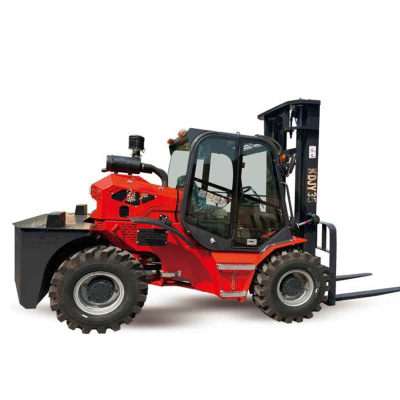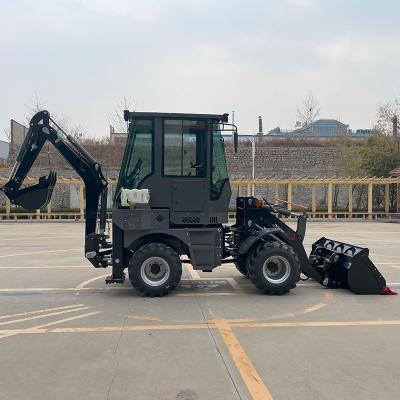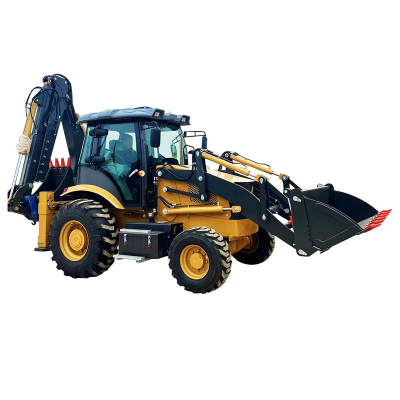Choose The Right Tonnage And Double Your Warehouse Efficiency
In warehousing, logistics, light manufacturing, and retail distribution, small electric forklifts have become a staple for handling, thanks to their flexibility, efficiency, cleanliness, and environmental friendliness. However, the most crucial question when choosing a small electric forklift is: How much weight can it lift?
Based on industry standards and analysis of mainstream equipment, the typical load capacity of a small electric forklift ranges from 0.5 tons to 2.5 tons. Behind this seemingly simple figure lie key factors that influence actual performance:
Core load range: 0.5 T-2.5 T
Ultra-Compact (0.5 T - 1 T)
Lightweight and flexible, designed for flat handling, with a typical load capacity of 0.5t to 1t. Ideal for transferring pallets over short distances in warehouses.
Standard Storage (1 T - 1.8 T)
Featuring lightweight lifting capacity (typically 2-3 meters), it is suitable for both handling and stacking, with a primary load range of 1t to 1.8t.
Heavy-Load Compact (2 T - 2.5 T)
With a more stable structure, increased lifting height and flexibility, and a typical load capacity of 2t to 2.5t, it is a versatile option for small warehouses or workshops.
Five Key Factors Affecting the Actual Load Capacity of Electric Forklifts
Load Center Distance
This is a core parameter in forklift design! It refers to the horizontal distance from the center of gravity of the load to the front surface of the vertical fork segments. The standard is 500mm or 600mm. The further forward the center of gravity of the load is, the significantly lower the weight the forklift can safely lift. Exercise caution when handling non-standard, long loads.
Specific Forklift Model and Design
Differences in structural strength, motor power, and hydraulic systems among small forklifts of different brands and series directly affect their maximum capacity. It is crucial to check the rated capacity on the forklift nameplate or data sheet.
Battery Condition and Voltage
A fully charged battery provides optimal hydraulic pressure and drive power. A degraded or low battery may result in a lift failure or inability to reach the rated height, indirectly affecting payload capacity.
Working Environment and Terrain
Optimal performance is achieved on a smooth, level warehouse floor. Inclined, bumpy, or soft surfaces can reduce stability and require a significant reduction in load to ensure safety.
Comparison of load capacity between small electric forklifts and other types of forklifts
Forklift Type | Typical load range | Main application scenarios | Relative flexibility |
Small electric forklift | 0.5 T-2.5 T | Indoor warehouses, narrow passages, clean environments | |
Large electric forklift | 1.5 T-8 T+ | Large warehouses, container handling, heavy manufacturing | |
Internal combustion forklift (diesel/LPG) | 1 T-25 T+ | Large warehouses, container handling, heavy manufacturing |
Conclusion
Small electric forklifts, with a load range of 0.5 to 2.5 tons, cover most light logistics needs. However, the key to safety and efficiency lies in a thorough understanding of load ratings, respecting load center distance limits, and resolutely avoiding overloading. Only through wise selection and proper operation can these flexible devices truly become your effective partners for improving efficiency and ensuring safety.
Contact us for advice on small electric forklift selection and safe operation tailored to your specific workload!






